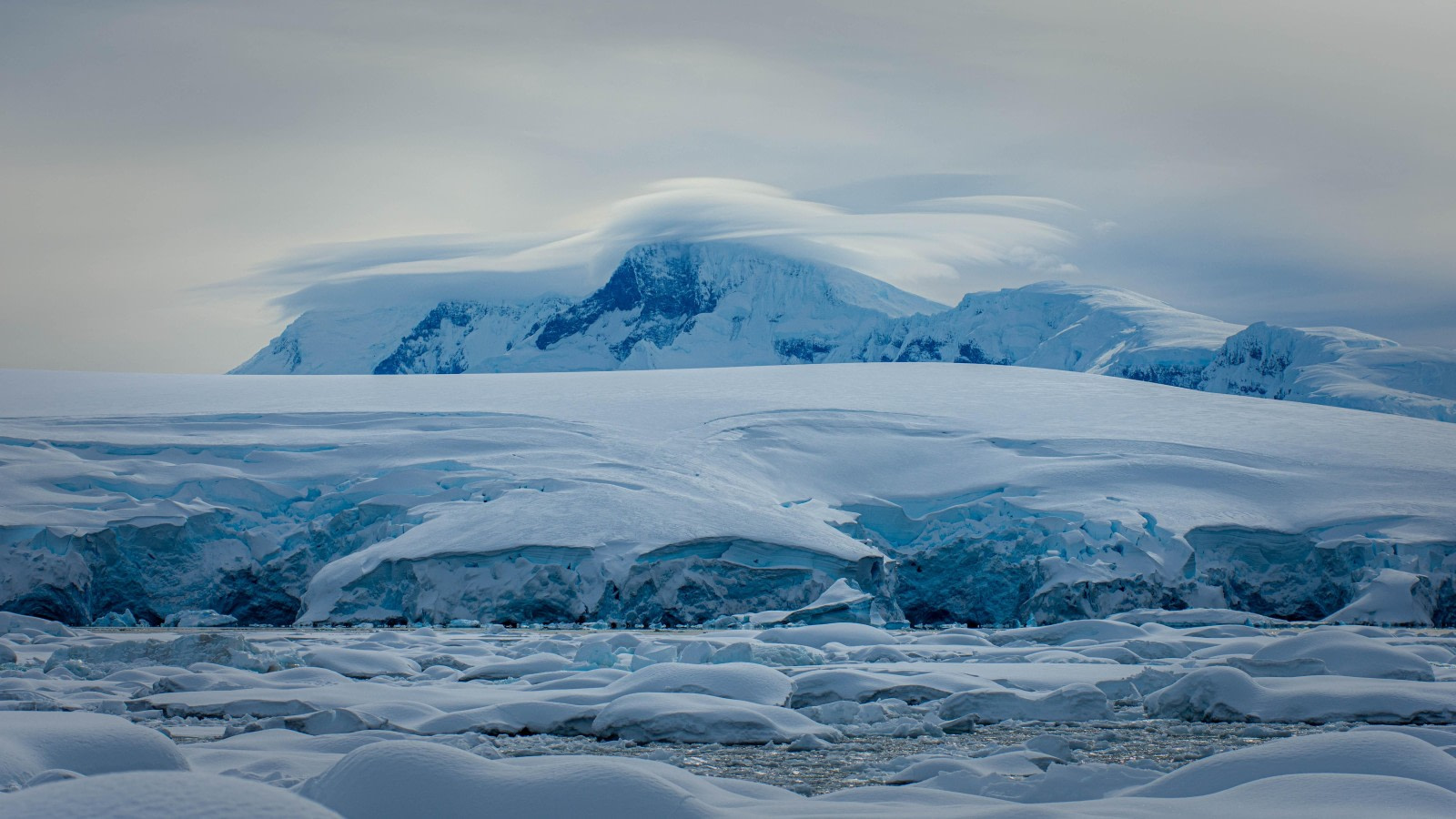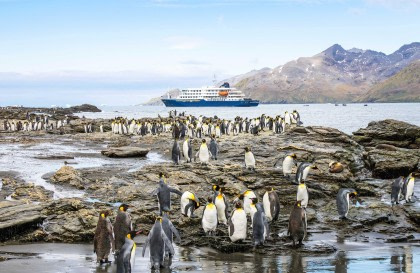The Antarctic Treaty is one of the most significant international agreements in history. It created a framework for the governance and protection of Antarctica, the world's only continent without a native human population. The Treaty was designed to ensure that Antarctica remains a region dedicated to peace, scientific research, and international cooperation. Today, it also plays a critical role in regulating human activity on the continent, including tourism.
The Treaty is a testament to successful international cooperation and the importance of scientific research and environmental conservation in bringing countries together under one banner. But where do its origins lie, and what does the Treaty mean for expedition cruises to Antarctica now and in the future?
What are the origins of the Antarctic Treaty System?
Inhospitable, remote, and beautiful, Antarctica lay largely unexplored for most of the 19th and 20th centuries. The continent was only officially sighted in 1820, and charting and further exploration began sporadically, culminating in the Heroic Age of Antarctic Exploration of the late 19th century and early 20th century. Antarctica became an increasing focus of global interest in the mid-20th century, principally for national means or the pursuit of glory, wealth, and renown.
Following the Second World War especially, interest in Antarctica began anew. The United States carried out Operation Highjump, a significant military operation in Antarctica, and considered establishing an Antarctic claim. In the late 1940s, propositions were made for Antarctica to be put under the guardianship of the newly established United Nations. However, several countries with territorial claims rejected this notion.
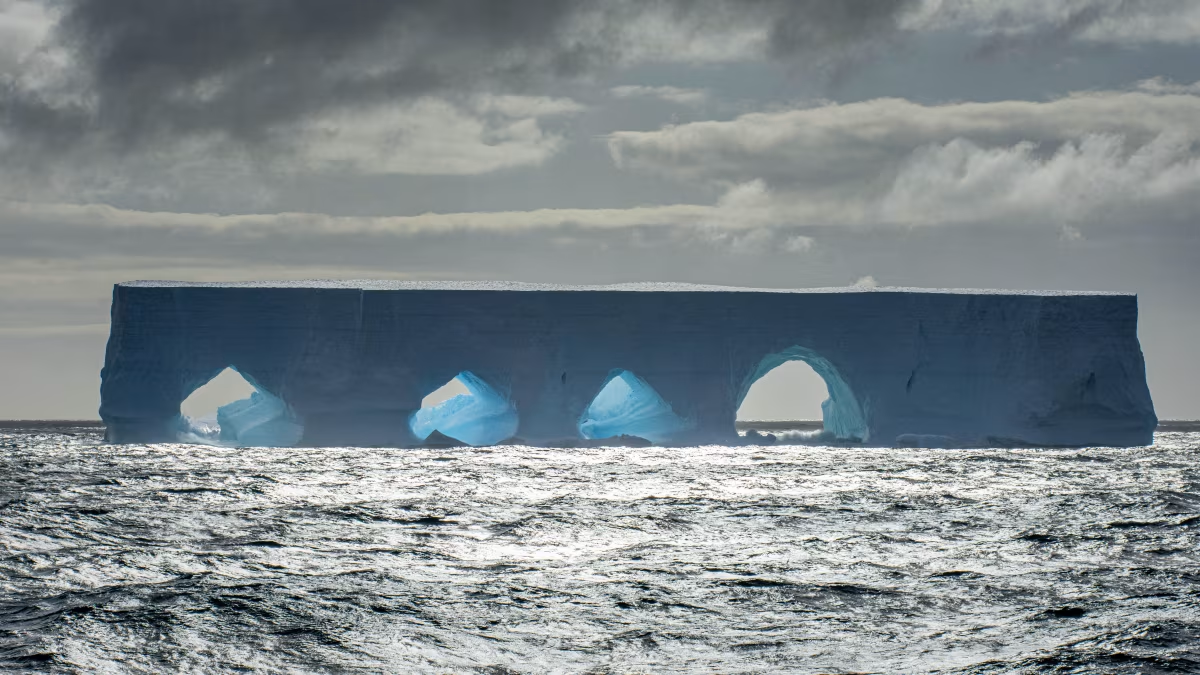
Picture by Alexander Romanovskiy
Much of the geopolitical context behind the Antarctic Treaty lies in the Cold War, with tensions rising between the Soviet Union and Western powers. Meanwhile, several countries were involved in territorial claims in Antarctica, creating the potential for conflict in a region largely untouched by human activity and believed to hold untouched resources. In the early 1950s, several incidents occurred between military forces in Antarctica, notably between the United Kingdom, Argentina, and Chile, generating global tension and fears of conflict in the frozen south.
In 1957, the International Geophysical Year of 1957-58 (IGY) led to heightened international scientific collaboration between 12 countries, including the Soviet Union, the United States, and other Western powers. It brought together countries to conduct research on the Earth's atmosphere, oceans, and polar regions, with several Antarctic research stations being established or further developed, initially only temporarily. The success of this collaboration against a backdrop of tense international mistrust laid the groundwork for further cooperation. However, it was clear that the future of Antarctica required a formal international agreement to prevent territorial disputes, promote peace, and encourage joint scientific exploration, with the United States and the Soviet Union indicating they would continue to maintain bases in the region.
With this in mind, the Antarctic Treaty was negotiated in 1959 in Washington, D.C., between 12 countries that took part in the IGY 1957-58. These nations were the United States, the Soviet Union, the United Kingdom, Argentina, Australia, Belgium, France, Japan, South Africa, New Zealand, Chile, and Norway. The Treaty began on June 23, 1961. As of 2024, the Antarctic Treaty has 57 parties.
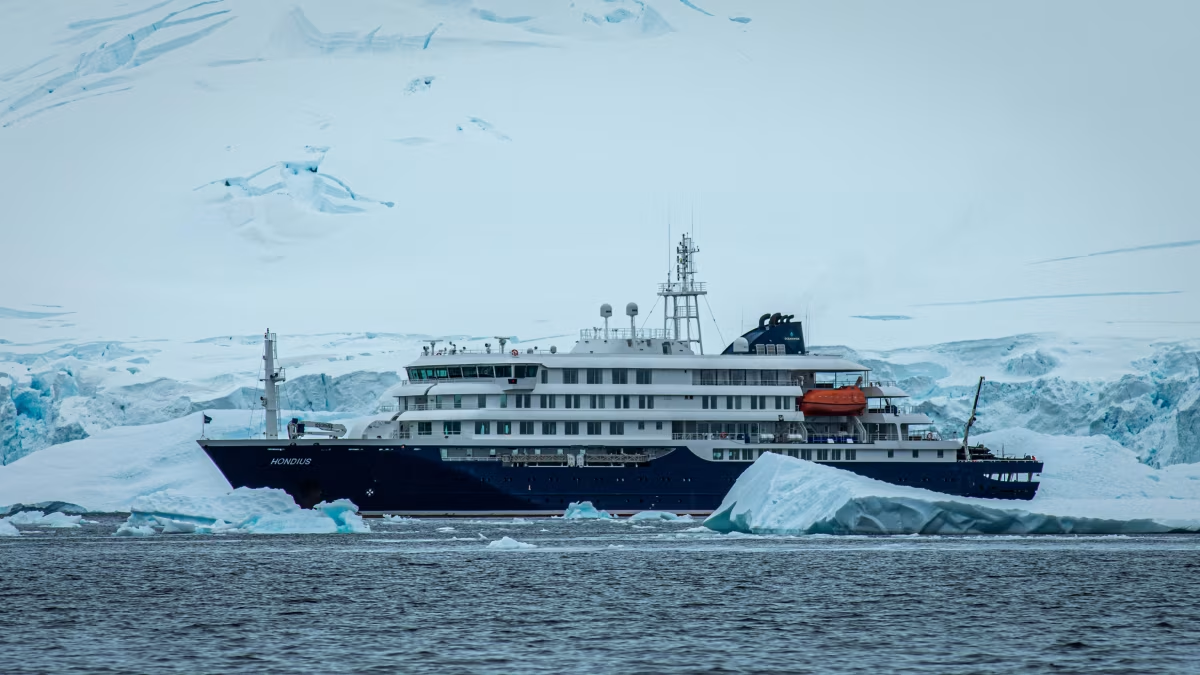
Picture by Alexander Romanovskiy
The purpose and mission of the Antarctic Treaty System
The purpose of the Antarctic Treaty was to embolden the freedom of scientific research in Antarctica and establish a commitment to the peaceful use of the continent. The Treaty is defined in several articles and agreements, collectively known as the Antarctic Treaty System. Article I of the Treaty establishes Antarctica as a zone of peace, free from military activity. The Antarctic Treaty prohibits military operations, the establishment of military bases, and testing weapons on the continent. Antarctica remains a neutral zone today, similar to the Svalbard treaty covering the Arctic archipelago.
Scientific research is the central focus of the Antarctic Treaty. Article I emphasizes that Antarctica shall be used exclusively for peaceful purposes, while Article II states that freedom of scientific investigation and cooperation shall be promoted and encouraged. Article III encourages the open exchange of scientific data, making Antarctica a hub for international research collaboration. Over the years, various countries have established research stations, fostering cooperation among scientists from around the world.
Under Article IV of the Antarctic Treaty, a status quo is preserved in regard to existing territorial claims over Antarctica and the establishment of new claims: "No acts or activities taking place while the present Treaty is in force shall constitute a basis for asserting, supporting or denying a claim to territorial sovereignty in Antarctica or create any rights of sovereignty in Antarctica. No new claim or enlargement of an existing claim to territorial sovereignty in Antarctica shall be asserted while the present Treaty is in force." While claims still exist, they are held in abeyance.
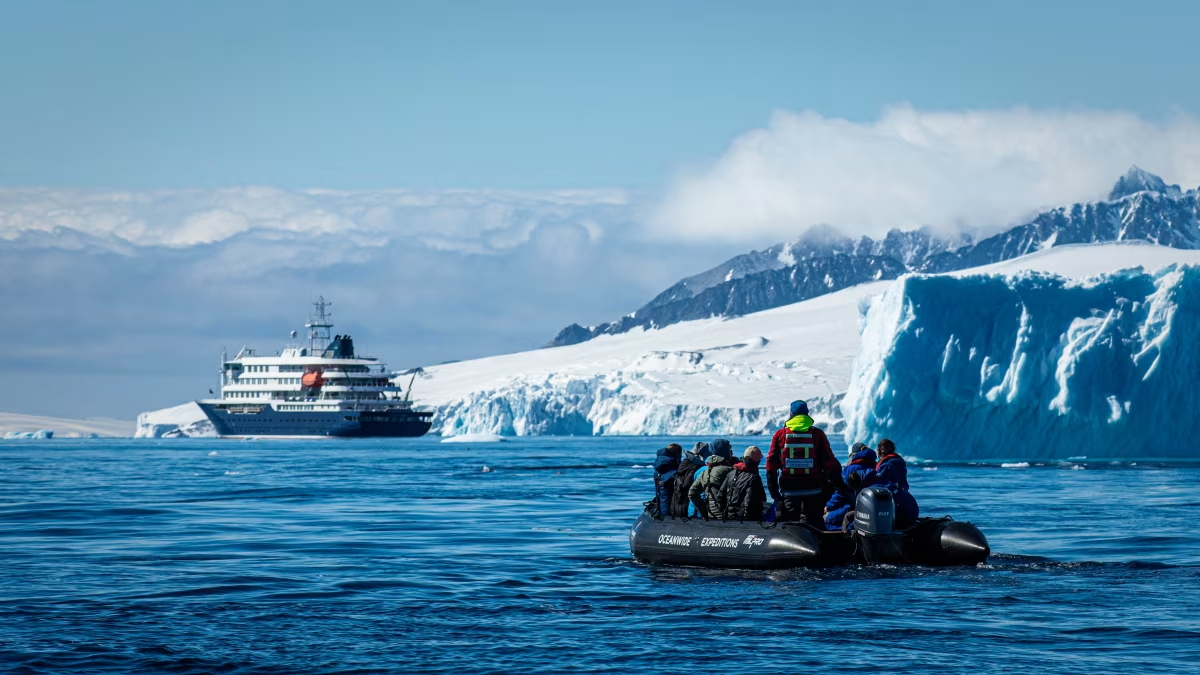
Picture by Alexander Romanovskiy
Further articles cover the prohibition of nuclear testing and the disposal of nuclear waste in Antarctica, the regulation and management of the Treaty, and various regulatory and legal frameworks regarding the treaty's future and dispute management.
The Treaty also includes provisions for protecting the Antarctic environment, with several additional recommendations and agreements being added in the years following the ratification. In 1991, the Protocol on Environmental Protection to the Antarctic Treaty (the Madrid Protocol) was signed, establishing stronger environmental regulations, including restrictions on human activities like waste disposal and tourism and a ban on mining for minerals.
The Antarctic Treaty and the emergence of polar tourism
Once entirely the domain of scientists and explorers, tourism in Antarctica has grown significantly since the 1980s, with expedition cruise operators offering travelers the opportunity to visit parts of the continent. The Antarctic Treaty profoundly impacts how tourism is managed in the region. Under the Treaty, tourism is allowed, but it is strictly regulated to minimize its environmental impact and prevent human activities from interfering with scientific research.
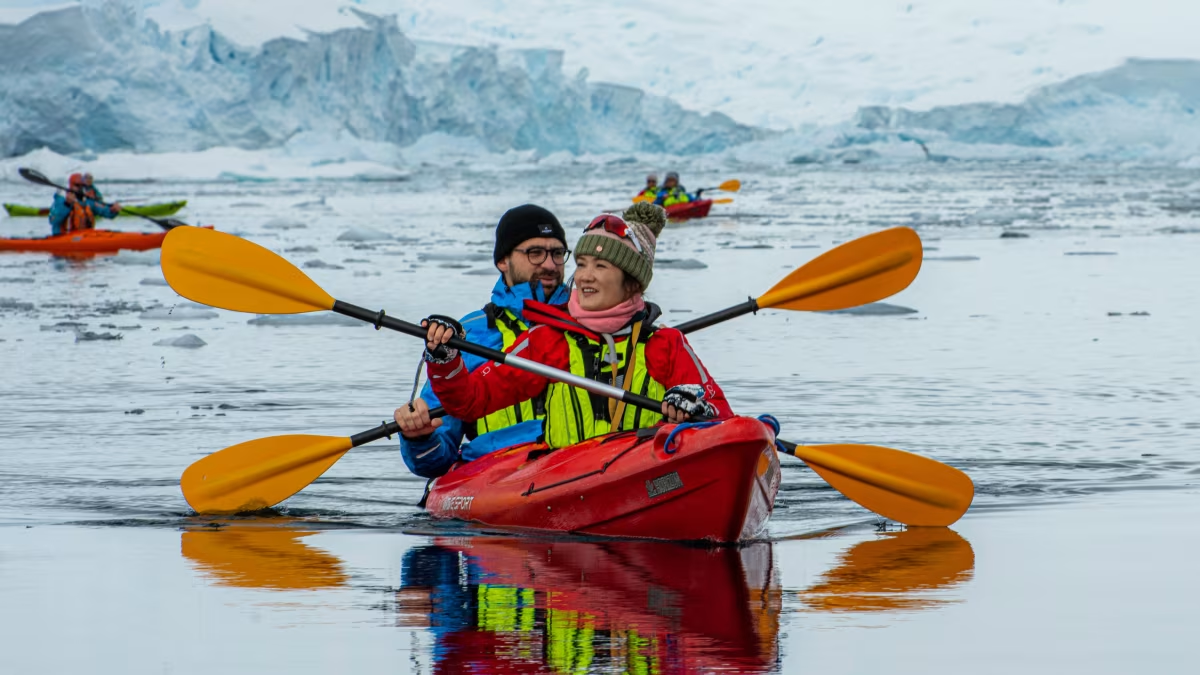
Picture by Alexander Romanovskiy
Tourism in Antarctica is governed by the Protocol on Environmental Protection and the Antarctic Tourism Guidelines, developed by the International Association of Antarctica Tour Operators (IAATO). The guidelines ensure that tourism is conducted responsibly and sustainably. This includes passenger limits, the management of designated landing sites to minimize environmental impact, and the prohibition of certain activities.
While the Antarctic Treaty itself does not specifically regulate tourism, it sets the framework for responsible management of human activity, and other international agreements, like the IAATO guidelines, complement the Treaty's objectives. Cruise operators adhere to strict environmental and operational standards. It is vital to minimize the potential impact that tourism can have on Antarctica's fragile ecosystem. At the same time, tourism can be a boon for awareness of the fragility of Antarctica's ecology and the fundamental principles behind the Antarctic Treaty, which extends beyond the borders of Antarctica.
A positive reflection on the future of international cooperation
The Antarctic Treaty is a shining beacon of international cooperation. Its mission to keep Antarctica a peaceful, scientific, and environmentally protected zone has preserved the continent as a center for global research. It is a rare example of diplomacy in a region and a period of history where competing interests may have led to international conflict.
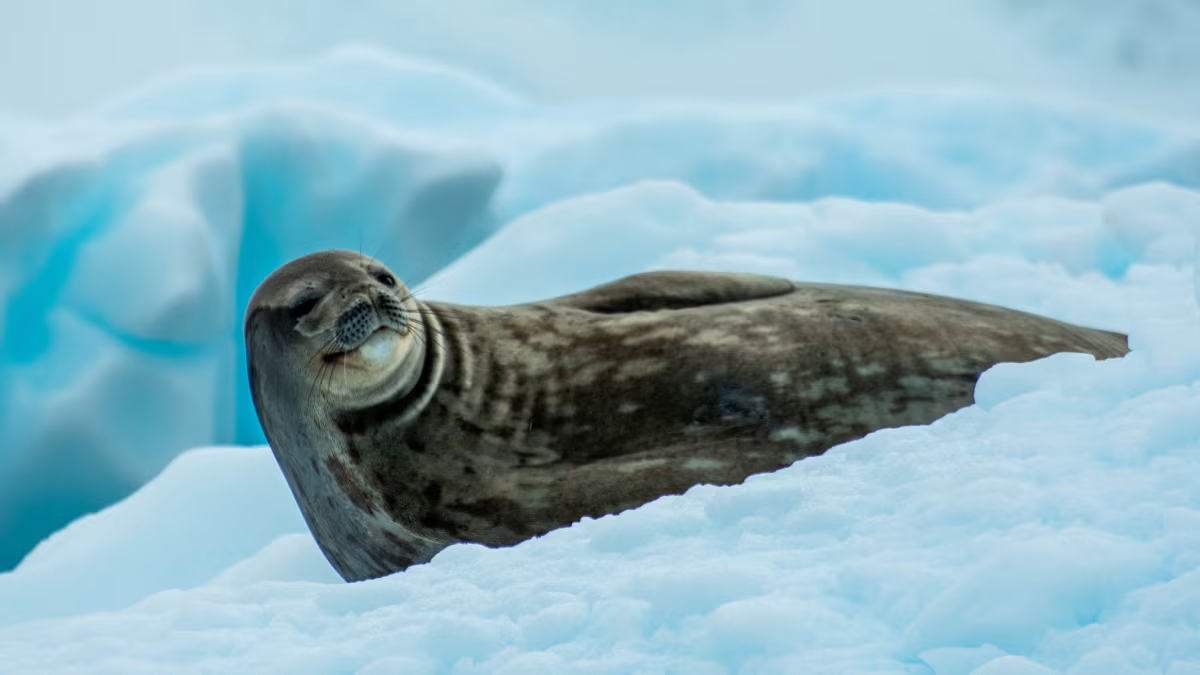
Picture by Alexander Romanovskiy
As tourism to Antarctica continues to grow, the Antarctic Treaty and its more recent agreements ensure that human activity does not disrupt the delicate balance of this unique environment. The Antarctic Treaty ensures that Antarctica remains a sanctuary for future scientists and polar adventurers, committed to preserving its pristine wilderness by regulating activities such as tourism, scientific exploration, and conservation.
On an Antarctic expedition cruise, you may have the opportunity to visit several Antarctic research bases and learn more about the past, present, and future of scientific research and collaboration in the magnificent part of our world.
Some key facts about the Antarctic Treaty System
Why was the Antarctic Treaty System created?
The Antarctic Treaty was created to ensure scientific collaboration between international parties and the prevention of military conflict and use of the Antarctic continent. It also established rules for the protection of the Antarctic environment.
Does the Antarctic Treaty System mean I can't visit Antarctica?
No, the Antarctic Treaty does not prevent tourism. Some regions of Antarctica are inaccessible for scientific or logistical reasons.
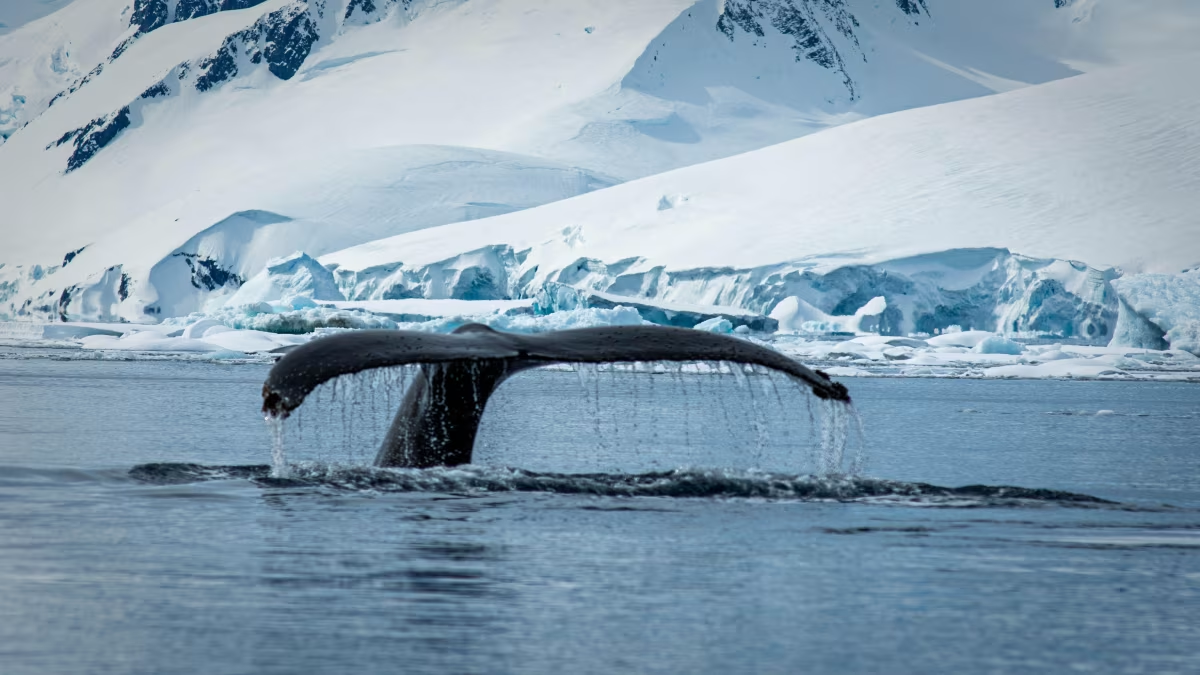
Picture by Alexander Romanovskiy
What countries follow the Antarctic Treaty System?
As of 2024, 57 parties have signed the Antarctic Treaty. Initial signatories were the members of the International Geophysical Year of 1957-58. (Argentina, Chile, Belgium, Australia, France, Japan, New Zealand, Norway, Russia (Soviet Union), South Africa, the United Kingdom, and the United States).
What are the Antarctic Treaty rules?
The Antarctic Treaty has several articles. These outline the non-military use of Antarctica, the cooperation of scientific research bodies, the promotion of peaceful activities, and the protection of the Antarctic environment. Additional articles cover the status of territorial claims, the management of disputes, and nuclear waste disposal.
Will the Antarctic Treaty System ever expire?
The Antarctic Treaty does not expire. In 2048, consultative parties can request a revision to the Treaty with the approval of a majority.
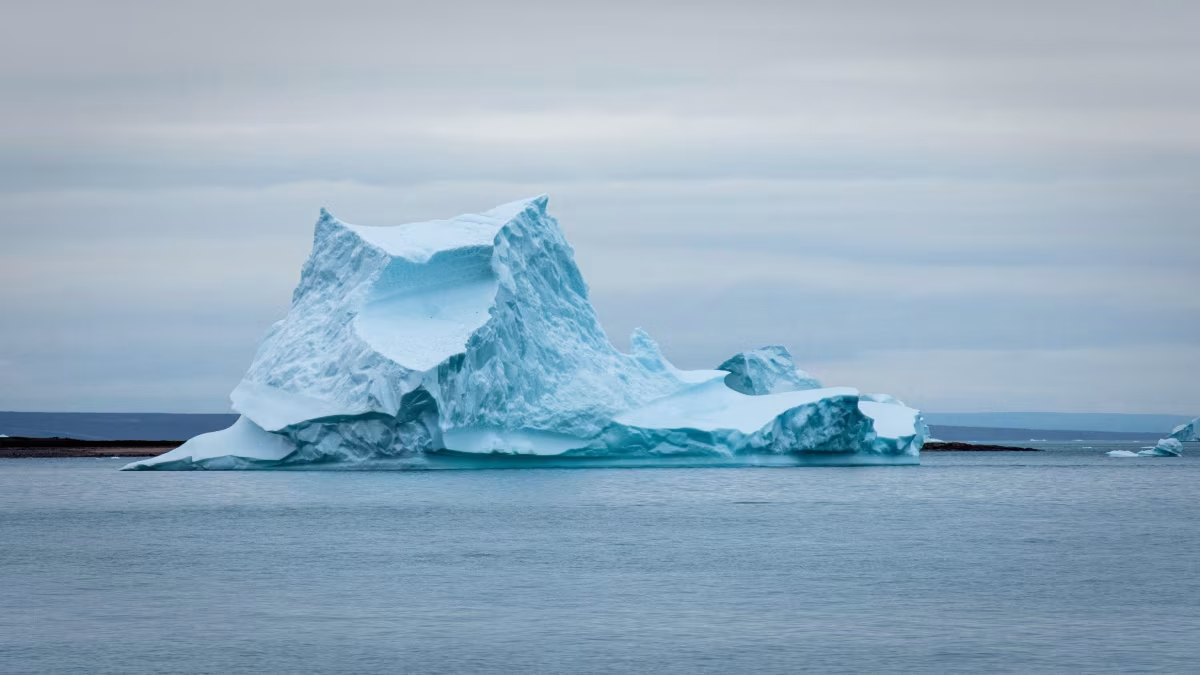
Picture by Alexander Romanovskiy
How is Antarctica defined under the Antarctic Treaty System?
As of 2024, the Antarctic Treaty applies to the area south of 60° S, including ice shelves. The Treaty does not interfere with international law relating to the high seas.
How is the Antarctic Treaty managed?
Signatories of the Treaty can participate in regular meetings designed to ensure the continued cooperation of signatories and the evolution of the Treaty's impact. The subsidiary body of the Antarctic Treaty, the Antarctic Treaty Secretariat, was established in 2004 to act as a central body for the Treaty. It is headquartered in Buenos Aires, Argentina.
Are there any other Antarctic Treaties?
Some other treaties exist in relation to Antarctica, and many of them form an addition or amendment to the Antarctic Treaty. Some key agreements include: the Protocol on Environmental Protection to the Antarctic Treaty (the Madrid Protocol), the Convention for the Conservation of Antarctic Marine Living Resources (CCAMLR), the Convention for the Conservation of Antarctic Seals (CCAS), and the Agreed Measures for the Conservation of Antarctic Fauna and Flora.
Can I read the Antarctic Treaty in full?
Yes. The Antarctic Treaty can be read in full on the website of the Antarctic Treaty Secretariat.
Main image by Alexander Romanovskiy
